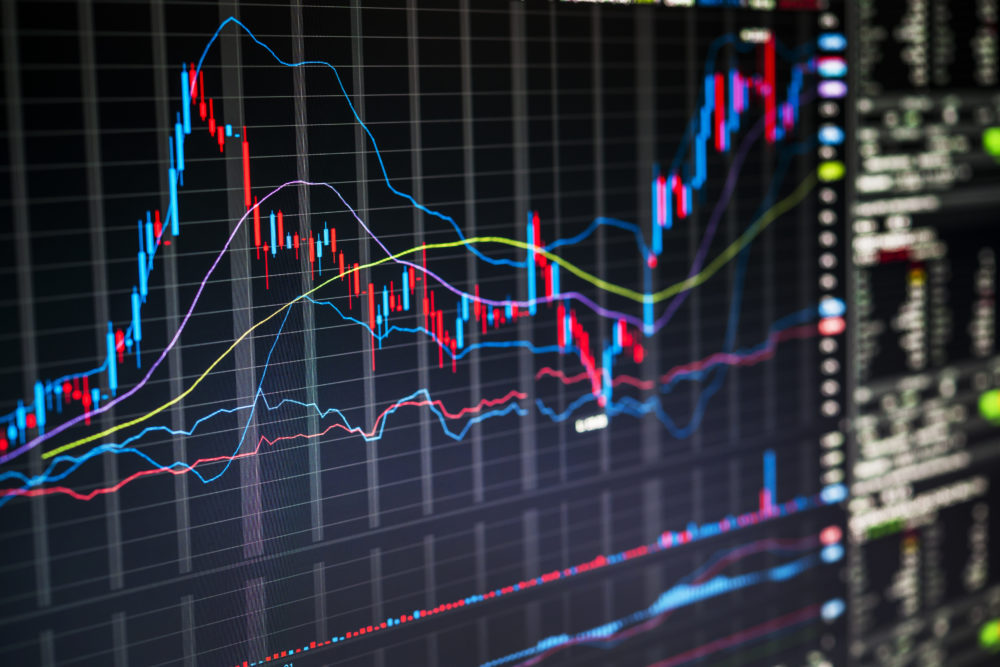Trading internationally brings a lot of opportunities for a business yet it involves risk. In fact, if you do international trade, you expose your business to a higher risk compared to local businesses. There are a number of factors involved that can contribute and increase the level of risk for your business such as customs, laws, geopolitical context, business practices, etc.
Exporters need to be sure that they will be paid for the goods that they provide while importers need to be sure that they will receive the goods that they paid for.
In order to minimise risk and maximise opportunities brought about by international trade, these are the strategies that companies practice.
Trade finance
Companies usually partner up with trade finance specialists just like UK Trade Finance to help them engage in international trade. Trade finance companies offer financial solutions depending on their clients’ needs. They help exporters receive payments for their goods quickly and importers receive the goods as soon as they pay for them. They reduce the pressure on cash flow and they also help enhance a business’ ability in trading.
Diversification
Diversifying investments is both risky yet beneficial to a company. There are specific risks in international trading such as the collapsing of a currency or confiscating assets by the local government. Spreading investments is beneficial for a company in such a way that when some investments collapse for example because of the decline in the local economy, the business will still thrive because of the other investments that are not affected by the same risk. They can make up for the loss with the other investments. Companies try to build portfolios that have an overall low risk and they study each investment and look at how each of them will play out in the overall portfolio.
Seeking of assets that move in opposite directions
Companies should build diverse portfolios of assets with “negative covariance” or initiatives and opportunities that have a tendency to move in opposite directions. For example, a specific event occurs which leads to the decline in the profits for one investment yet that same event leads to the shooting up of profits for the other investment.
There are a lot of risk factors involved in international trade markets. A good example is that of each country having varying risk profiles for each sector or industry even if they are located in the same region.
Mixing risk and returns
There should always be a balance when it comes to corporate investments. Companies can mix high-risk/high-return investments with low-risk/low-return investments to reduce the risk of losing profit. This depends on the company’s amount of risk that it is prepared to partake.





